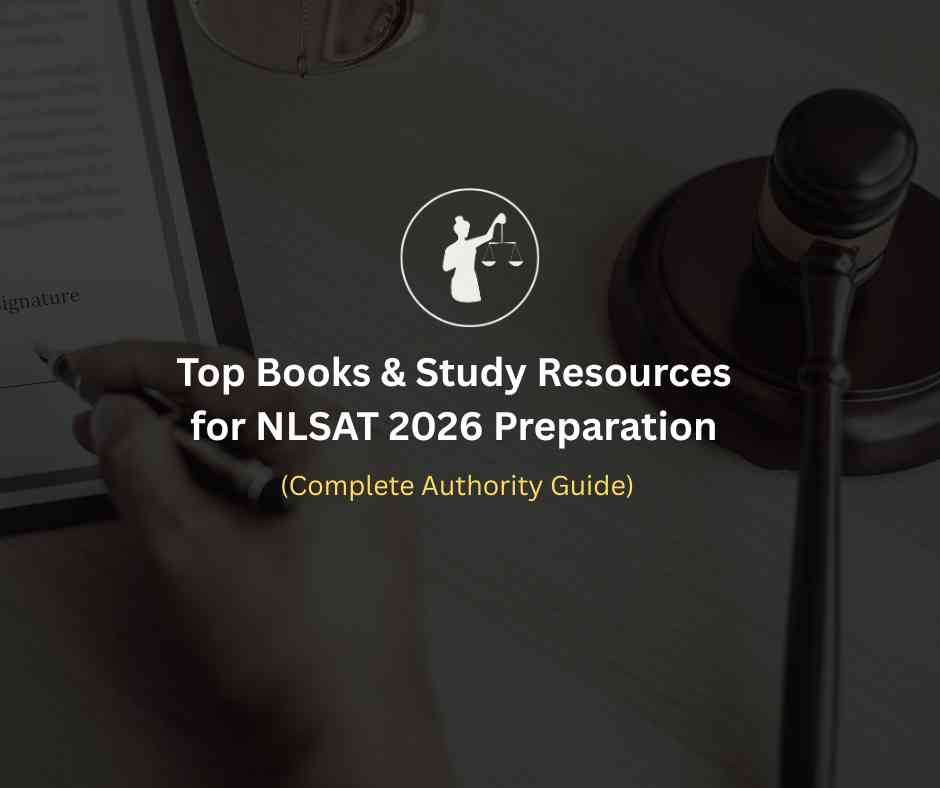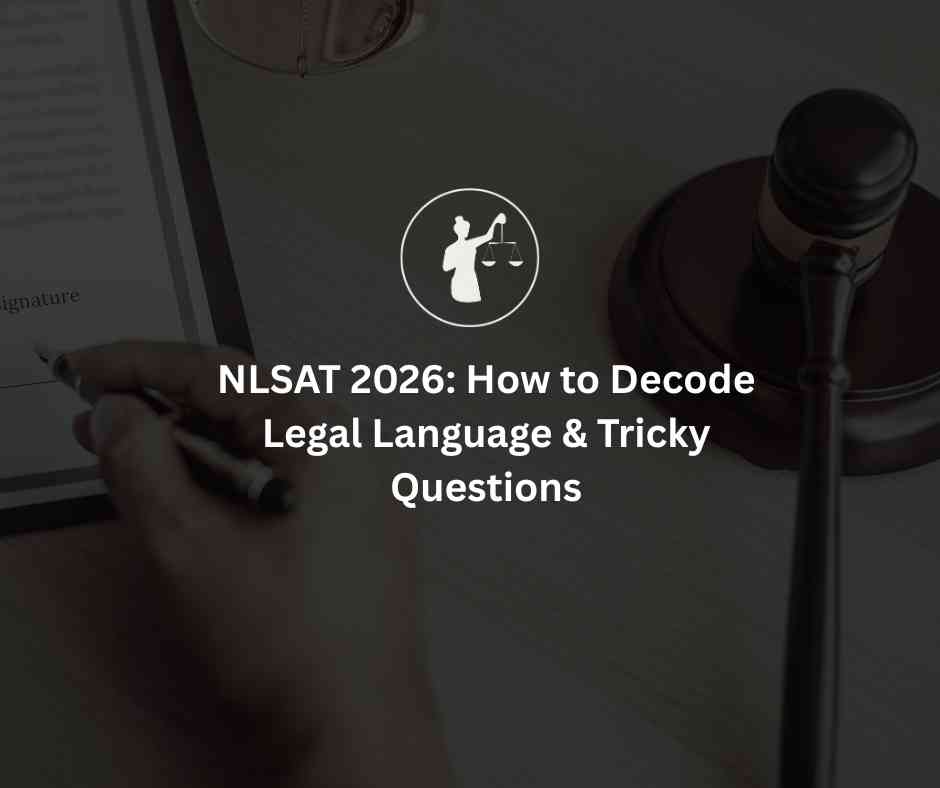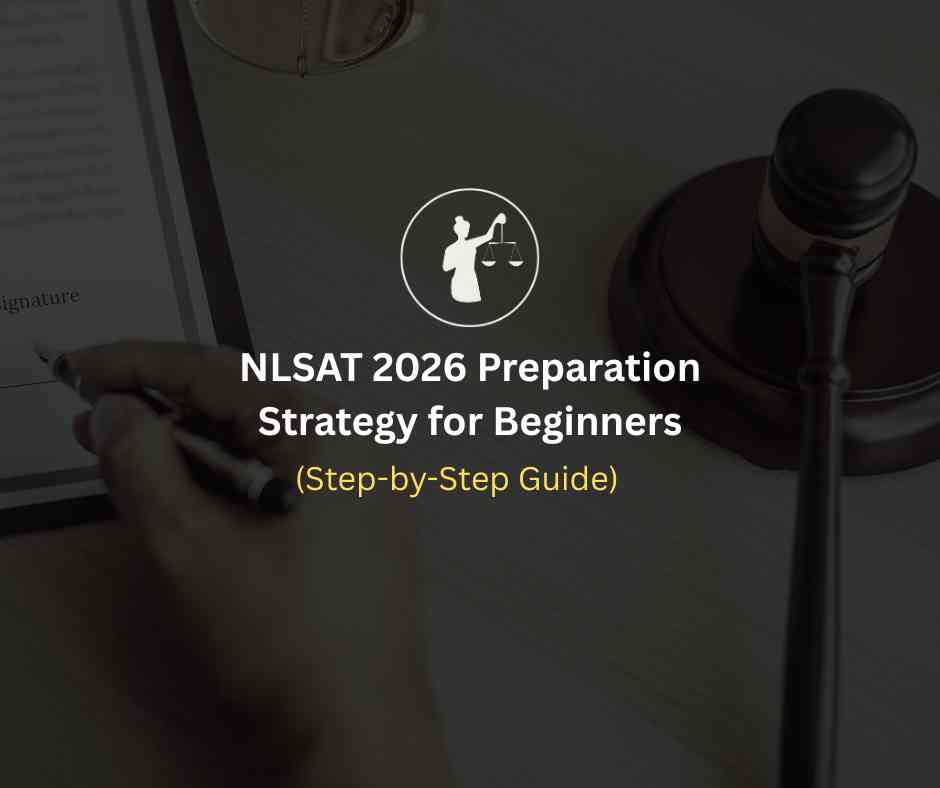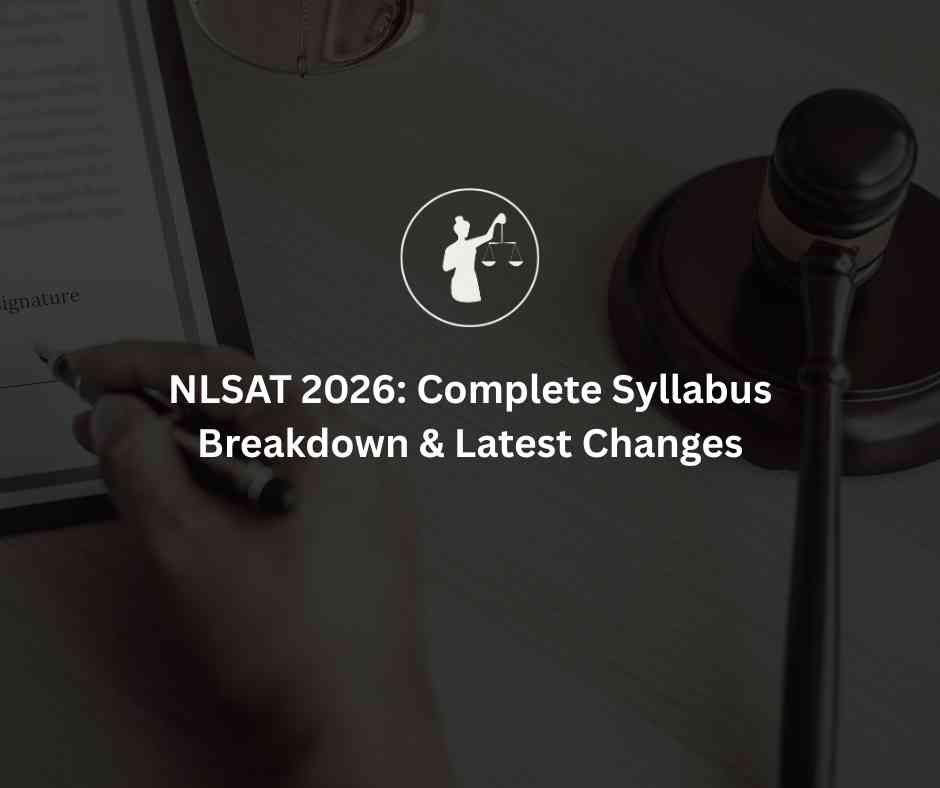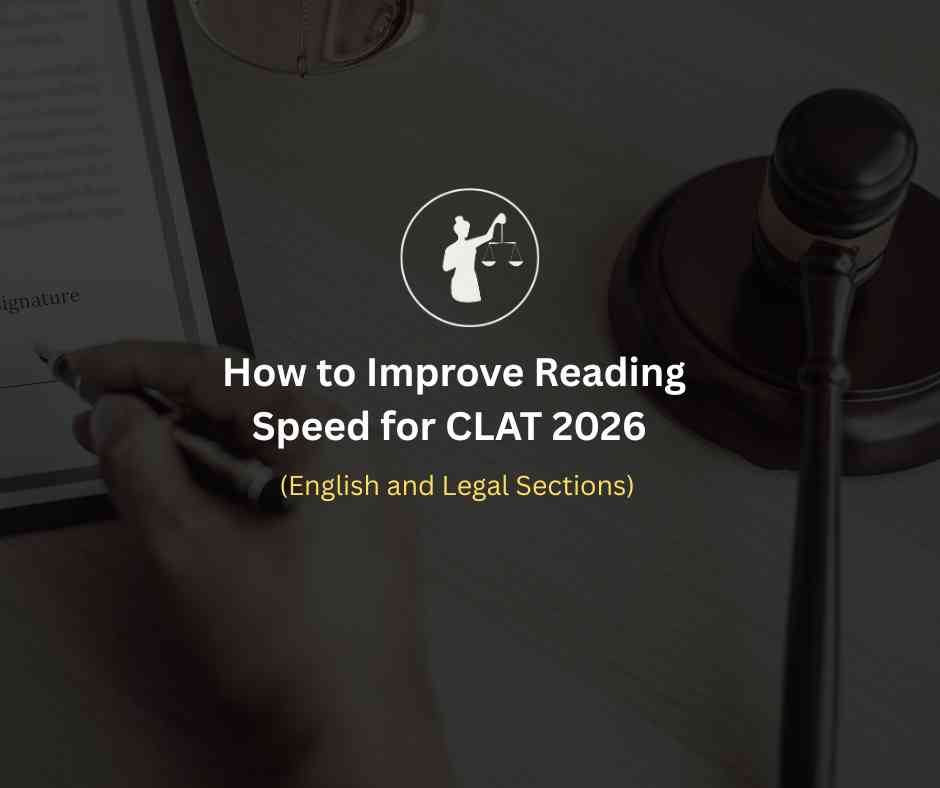
Summary
CLAT 2026 demands more than knowledge, it demands that you read fast and smart. This guide offers targeted strategies to elevate your reading speed while preserving accuracy, tailored for the English and Legal reasoning sections. Learn what top scorers do, how to train daily, and the mindset that turns speed into clarity.
Best CLAT Online Coaching 2026 – 2027 by NLTI
The CLAT English and Legal sections are heavy on dense passages.
If your reading pace lags, you’ll feel pressure across the paper, increasing stress and mistakes. Improving reading speed:
Helps complete passages with breathing room.
Reduces errors from rushed comprehension.
Builds stamina for full-length mocks and the final test day.
Strong speed paired with accurate understanding is what lets you stay calm and confident.
Improving reading speed is useful only when it translates into better performance across English RC and Legal Reasoning. Both sections demand different approaches:
English RC:
Focus on recognizing tone, theme, and inference while maintaining pace.
Here, speed helps you attempt more passages within the time limit.
Legal Reasoning:
Accuracy is more important than raw speed.
You must balance quick reading with careful application of principles. Skimming too much can lead to misinterpretation of rules.
Practical tip:
Divide your reading drills, 2 days focused on RC speed, 2 days on legal accuracy, and 2 days combining both under time pressure. This ensures speed aligns with section needs.
Read More: Best Books for CLAT 2026 Preparation: Subject-Wise Guide
1. Skim and Scan Strategically
Skimming gives you a quick bird’s-eye of the passage’s structure and tone.
Scanning helps locate key words or facts fast.
Practice this on newspaper editorials or law-focused articles,
identify the main point quickly and scan for supporting ideas to build mental speed.
2. Train Vocabulary in Context
Knowing words before you read them speeds up comprehension.
Use word logs from news editorials or law updates.
Flashcards help but remove flash use in study zones. It builds silent fluency.
3. Eliminate Subvocalization
Speaking words in your head slows pace.
To overcome: use your finger or pen following lines to remind your eyes to lead, not your inner voice.
4. Use Perceptual Expansion
Practice widening the span of words your eyes capture per glance.
Start at 3 words, expand gradually.
This filters meaning faster and boosts momentum through dense legal text.
Speed Practice Worksheets You Can Start Today
Try this daily routine:
Warm-Up:
Pick a 300-word editorial, read in 2 minutes, then write its central idea in two sentences.
Scan Practice:
In 1 minute, locate three facts in a legal news paragraph, without reading the whole thing.
Focused Re-read:
Revisit yesterday’s passage and read slower, but this time mark tone words, legal terms, main idea. Your recall will validate your speed training.
Read More : CLAT 2026 Logical Reasoning: Master Critical Inference
Speed reading apps that flash words one at a time (like Spritz-style) train your eye to ignore subvocalization.
Use digital reading (adjust font sizes) for daily practice, but simulate paper conditions in mocks to avoid surprises.
Time yourself with a stopwatch, not a phone timer, to train consistent awareness of pace.
Quick reading without understanding is pointless. Focus instead on:
Extracting the main idea first.
Identifying tone and purpose.
Grasping legal reasoning structure (fact → application → conclusion).
Logic and speed grow together, not separately. Build your brain to see the architecture of passages, not just words.
Identifying where you trip is half the fix:
Over-reading: Spending time on unnecessary detail, missing central meaning.
Re-reading lines: Caused by poor focus or habit.
Lack of structure: Not dividing used time across sections causes backlogs.
Log these issues during mocks. A weekly review gives you a clear pattern to remedy.
Hour 1:
Editorial or legal opinion piece, practise full pace then annotate structure and tone.
Hour 2:
Legal reasoning passage. skim, scan, then re-read slowly for detail.
Hour 3:
Review your comprehension error log and update your speed challenge for the next day.
This delivers balance between speed, reflection, and strategic improvements.
Simulated stress makes you resilient:
Do “exam blocks” where you read under time limits, then immediately switch to another section.
Use a practice booklet and limit yourself to one glance through, no second reads allowed.
Schedule late-night mock reading when mental fatigue sets in to build endurance.
Endurance in comprehension equals speed on test day.
NLTI’s preparation strategy integrates reading speed into your daily flow. Here’s how:
Sectional practice worksheets that mix English RC and Legal passages under strict time constraints.
Weekly timed drills to track speed and comprehension with mentor feedback.
Personal flag systems for marking costly slowdowns and turning them into practice loops.
Reading focus chains, combining vocabulary, comprehension, and speed build-up in one chain daily.
With CLAT 2026 just around the corner, speed training becomes your confidence tool,
and NLTI’s system helps you overcome it with purpose.
Read More: CLAT 2026 Time Management Tricks for Every Section: Ace Your Exam
1. What is a good reading speed for CLAT 2026 passages?
A speed of 200–250 words per minute with 80–90% comprehension is considered ideal for CLAT.
2. Should I read every word in a CLAT passage?
No. Skim for structure and key ideas, then slow down for complex arguments or legal principles.
3. How can I stop rereading lines while solving RCs?
Use finger or pen tracking, focus on paragraph flow, and avoid rushing through the first read.
4. Does daily newspaper reading actually improve CLAT reading speed?
Yes. Regular exposure to dense editorials improves both speed and comprehension under exam conditions.
5. How much time should I spend on a single passage in the English section?
Ideally 6–7 minutes, including reading and answering all questions.
6. Is skimming enough for Legal Reasoning passages?
No. While skimming helps with speed, you must carefully read legal principles to avoid misapplication.
7. Should I take notes while reading CLAT passages?
Brief keyword notes or mental markers can help retain structure, but avoid long notes that waste time.
8. How can I reduce distractions during timed practice?
Simulate exam-like conditions: no phone, no breaks, and strict 2-hour mocks with OMR practice.
9. Can vocabulary knowledge improve my reading speed?
Yes. A stronger vocabulary reduces pauses to interpret meaning, which directly improves pace.
10. How often should I practice timed RC or Legal sets?
At least 3–4 timed sets per week, increasing frequency to daily in the final 2 months.
11. What role does mock analysis play in improving reading speed?
It shows where you lost time, whether on reading, rechecking, or solving and helps adjust strategies.
12. Can poor concentration affect CLAT reading speed?
Definitely. Short focus drills like 15-minute uninterrupted reading sessions can gradually increase attention span.
